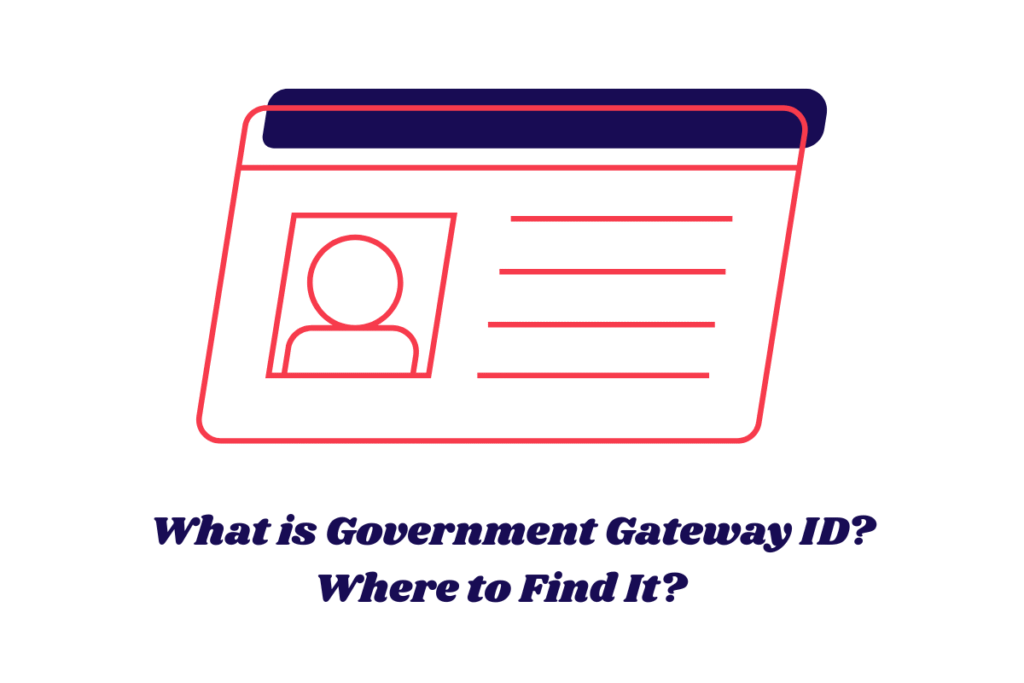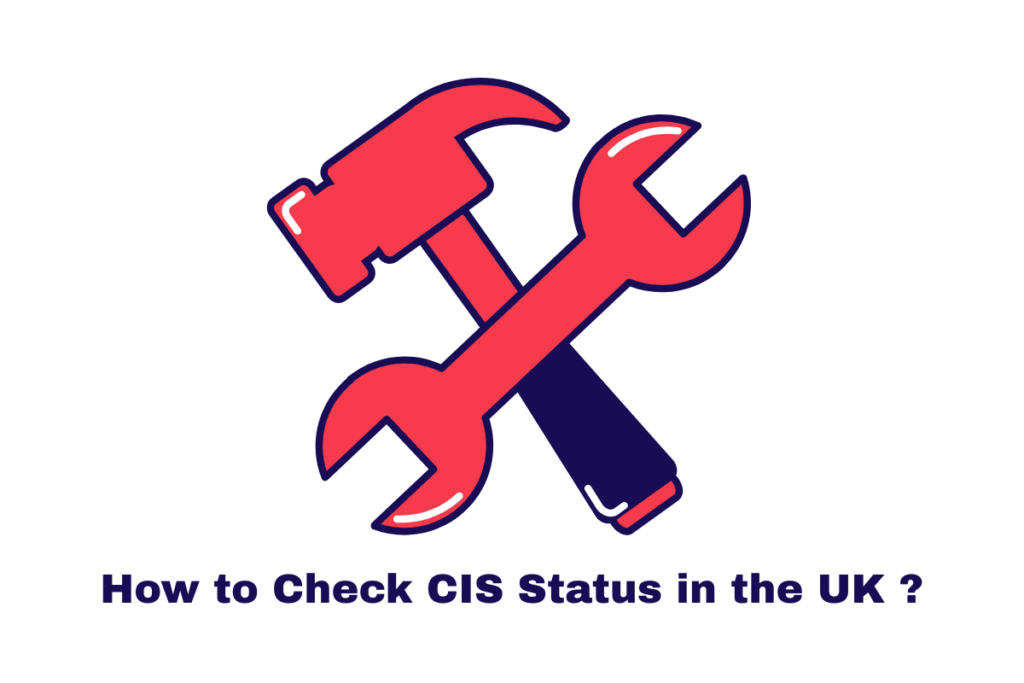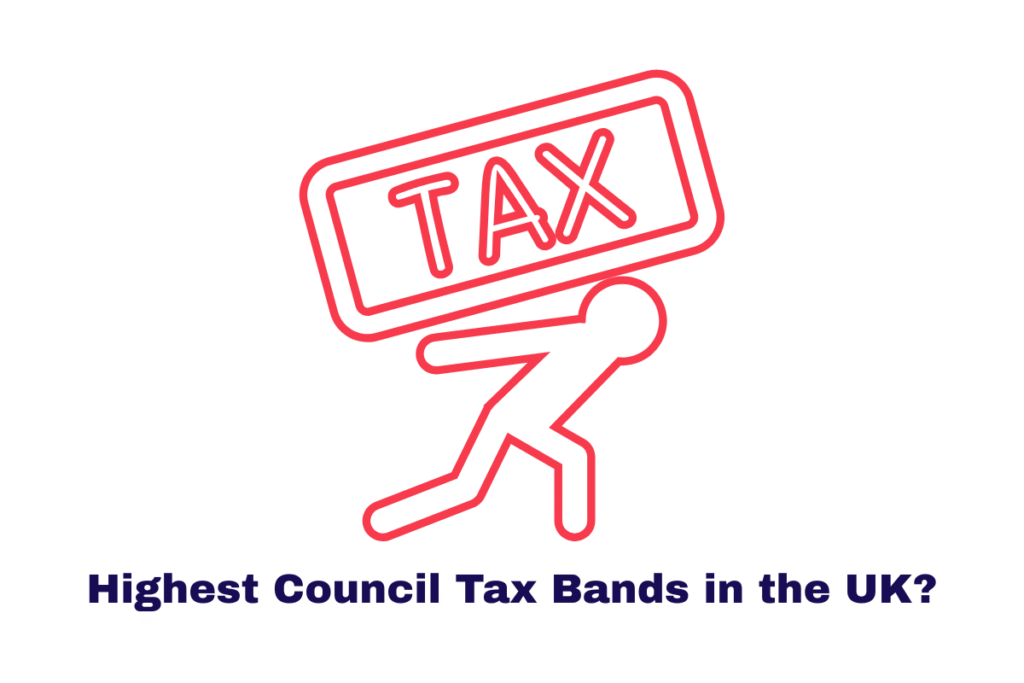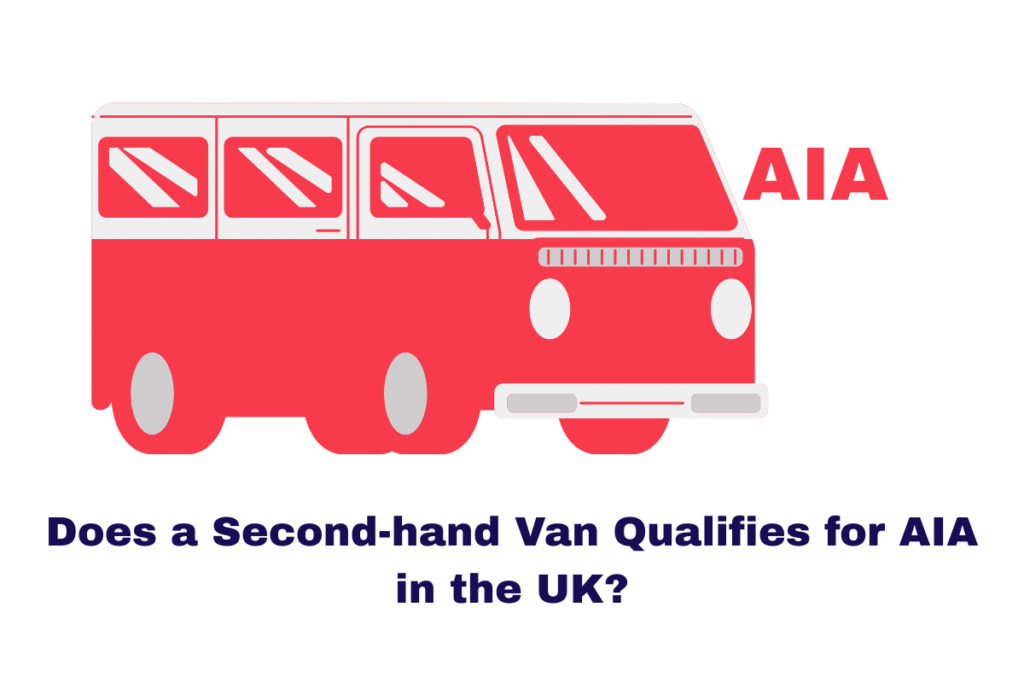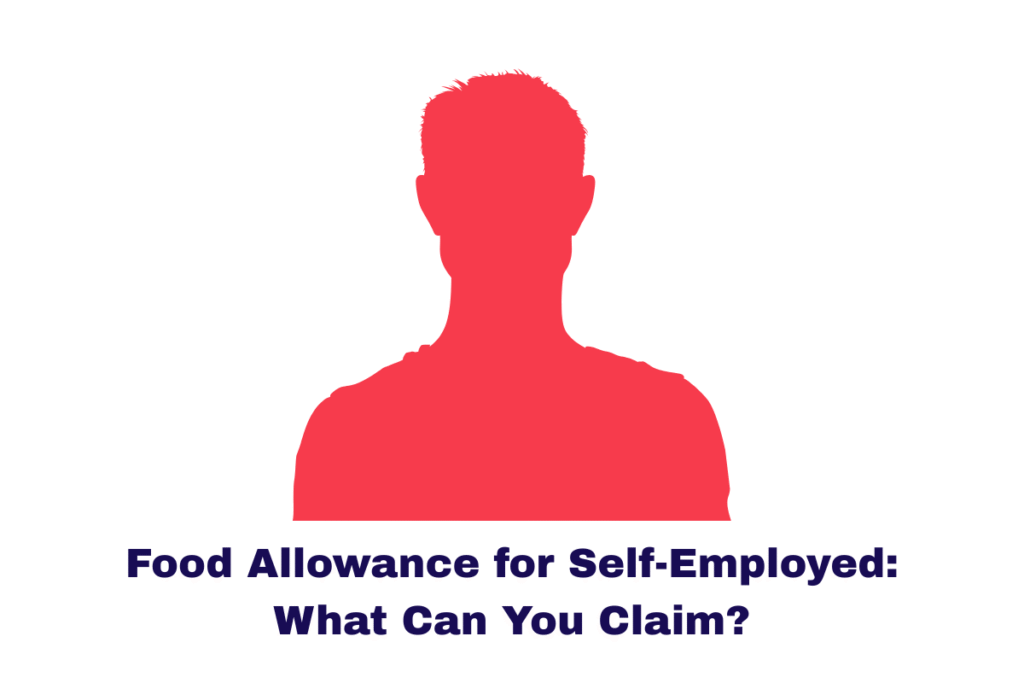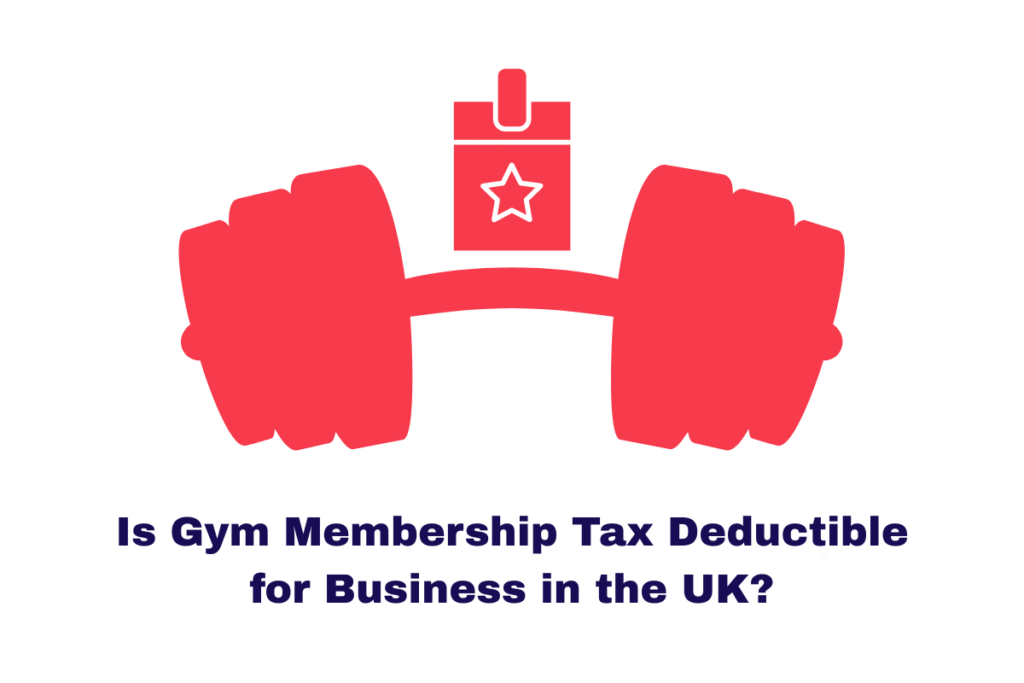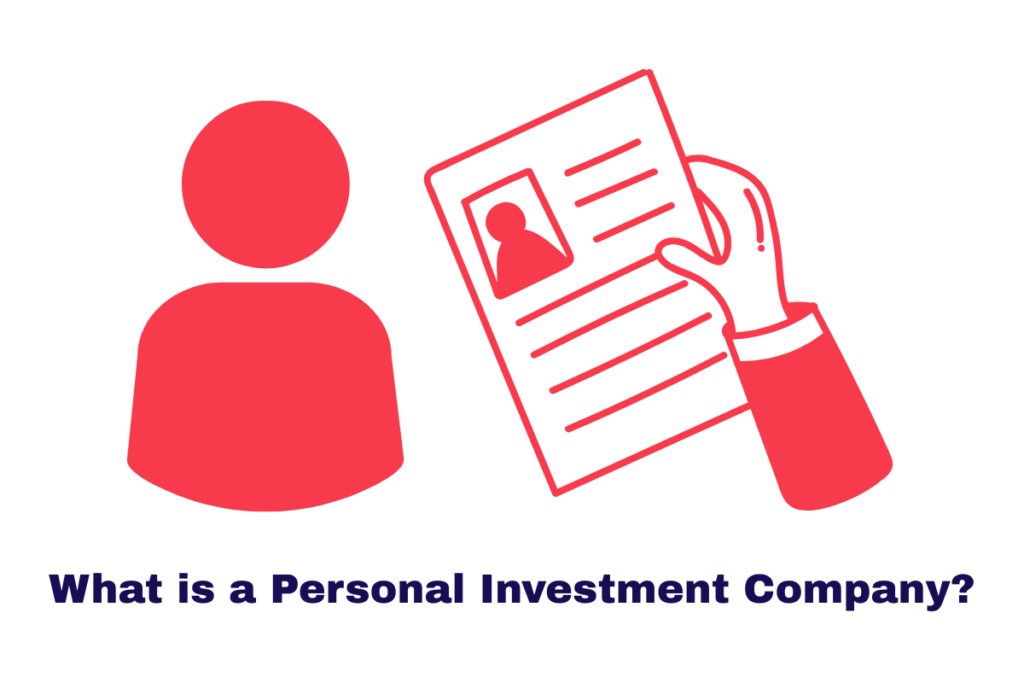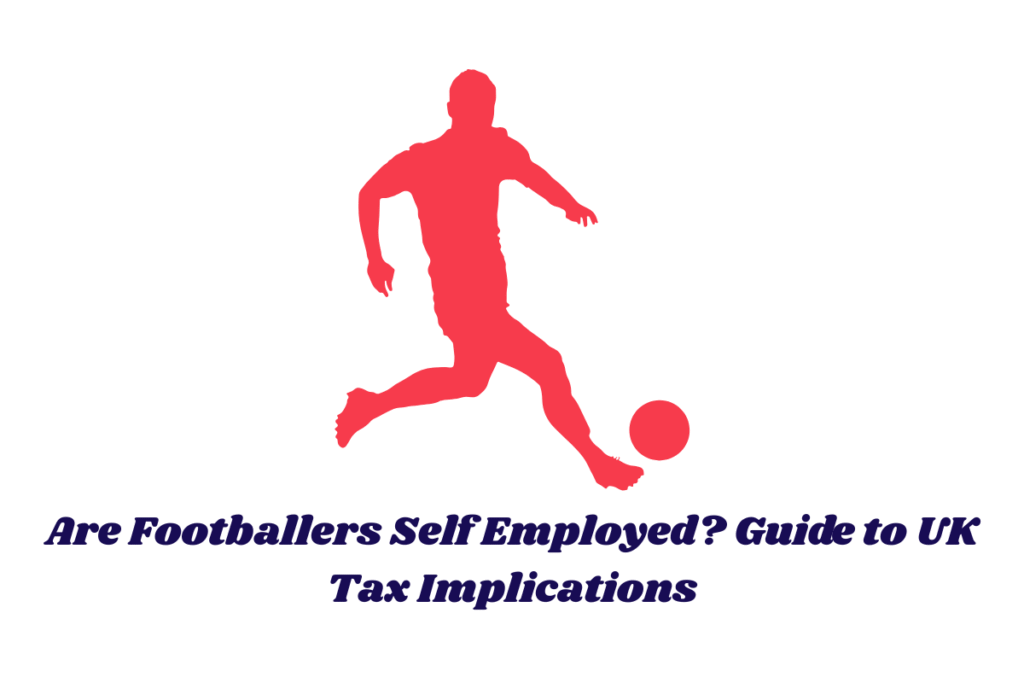A Government Gateway ID is a unique 12-digit identifier provided by HMRC (Her Majesty’s Revenue and Customs) that enables secure access to a range of UK government digital services. Whether you’re filing your Self Assessment, checking your tax account, or submitting a VAT return, your Government Gateway ID is your key to unlocking these services.
Summary
“The Government Gateway ID is a 12-digit code used to access various UK government online services securely.”
Why Is a Government Gateway ID Important in 2025?
In 2025, digital access to HMRC services has become more streamlined yet increasingly secure. With the introduction of enhanced two-factor authentication measures and stricter identity verification procedures, it is not just a login — it is the digital proof of your identity for everything tax-related.
This ID is essential for:
- Submitting Self Assessment tax returns
- Accessing Personal Tax Accounts
- Registering for VAT, PAYE, or CIS
- Managing your business’s Corporation Tax
- Communicating with HMRC via secure digital channels
Summary
“In 2025, the Government Gateway ID remains the backbone of secure access to HMRC’s online services for both individuals and businesses.”
What Does a Government Gateway ID Look Like?
A Government Gateway ID is simply a 12-digit number, generated when you create an HMRC account. It’s accompanied by a user-created password and a recovery word, all of which form your secure login credentials.
For example:
123456789012 – this is how your Government Gateway ID appears.
Summary
“The Government Gateway ID is a 12-digit numeric code unique to each user, acting as your online identifier with HMRC.”
You can read more articles on different taxes in the UK:
PIP Rates 2025: Guide to PIP Rates in the UK
What is P800 Refund? How to Claim P800 Refund
What is Withholding Tax? Guide for UK Taxpayers
How to Pay Council Tax Online?
How to Setup Personal Tax Account with HMRC?
How to Register as Self Employed: A Complete Guide for 2025
Where Can You Find Your Government Gateway ID?
When you register for an HMRC online service — such as for Self Assessment or VAT — you’ll be issued a Government Gateway ID. This is either:
- Sent to your registered email address
- Displayed on-screen immediately after account creation
- Or posted to your registered address, depending on how you registered
Check your emails for subject lines like “Welcome to HMRC online services” or “Your Government Gateway user ID.”
Summary
“Your Government Gateway ID is sent to you via email or post once you register with HMRC for any online service.”
How to Set Up a Government Gateway ID in 2025
Setting up this is a quick and user-friendly process in 2025, with improved UI/UX on the HMRC portal.
Steps to Set It Up:
- Visit gov.uk login
- Click on “Create sign in details”
- Enter your email address
- You’ll receive a confirmation code in your inbox. Enter it to proceed
- Enter your full name
- Choose a secure password and a recovery word
- It will then appear on the screen and also be sent via email
Keep these credentials safe, just as you would your banking details.
Summary
“Creating your Government Gateway ID takes only minutes and can be completed fully online via the HMRC portal.”
What Information Do You Need to Register?
To complete your registration, you’ll need:
- A valid email address
- Your full name
- A secure password
- A recovery word
- Possibly your National Insurance (NI) number
- For business accounts: UTR (Unique Taxpayer Reference) or company registration number
For security, HMRC may request verification documents such as:
- Your UK passport
- Details from your P60, payslip, or tax credit award letter
Summary
“To register for a Government Gateway ID, basic personal or business details are needed, along with identity verification documents.”
What to Do if You’ve Lost Your Government Gateway ID
Forgetting your account or password can be frustrating, but there are multiple recovery options available on the HMRC sign-in help page.
If you’ve forgotten your ID:
- Visit the HMRC problems signing in page
- Choose “I’ve forgotten my Government Gateway ID”
- Provide your email address, NI number, and postcode
- You’ll receive your ID via email if your details match
If you’ve forgotten your password:
- Go to the same page and select “I’ve forgotten my password”
- You’ll be asked for your Government Gateway ID, email, and possibly your UTR or NI number
- Reset instructions will be sent to your registered email
If both are lost:
You’ll need:
- Your National Insurance number
- A valid UK passport or proof of ID
- Access to your recovery phone or app
- Your date of birth
And follow the full account recovery flow through HMRC’s website.
Summary
“HMRC offers full recovery options if you’ve forgotten your ID, password, or both — provided you can verify your identity.”
Can You Share Your Government Gateway ID?
Absolutely not.
Your Government Gateway ID is confidential. HMRC strongly advises not sharing this ID with anyone — including your accountant or agent. Sharing it can lead to data breaches, unauthorised submissions, and even tax fraud.
For accountants or agents, HMRC provides a separate “Agent Services Account” to access client information legally and securely.
Summary
“Never share your Government Gateway ID, even with trusted professionals — HMRC considers it private and sensitive.”
Who Needs a Government Gateway ID?
Whether you’re a:
- Sole trader
- Limited company director
- Landlord
- Freelancer
- Construction worker (under CIS)
You’ll need a Government Gateway ID to:
- Submit a Self Assessment
- View your tax account
- Apply for tax refunds
- Register for VAT
- Access PAYE or CIS records
If you’re a business, the Government Gateway ID also allows you to manage:
- VAT returns
- Corporation tax filings
- Employer PAYE schemes
Summary
“Any UK taxpayer or business interacting with HMRC digitally must have a Government Gateway ID to comply with tax laws.”
What Happens If You Enter the Wrong Details Too Many Times?
If you input incorrect details five times, HMRC will temporarily lock your account. You will then be required to verify your identity and possibly contact HMRC directly via:
Government Gateway ID Helpline:
📞 0300 200 3600
(Use Relay UK if you have hearing/speech difficulties: Dial 18001 then 0300 200 3600)
Summary
“Too many incorrect login attempts can lock your account, requiring you to verify your identity via HMRC support.”
Additional Resources & Credible Sources
For more details and updates in 2025, refer to:
These are the official GOV.UK sources and are always updated according to the latest tax rules and policies.
Summary
“Use GOV.UK resources for the most accurate and updated information regarding your Government Gateway ID.”
Final Tips: Best Practices for Using Your Government Gateway ID
- Store your ID securely using a password manager
- Do not share your credentials
- Keep your recovery word and password safe
- Regularly check your personal tax account for updates
- Enable two-factor authentication (2FA) for added security
Summary
“Protect your Government Gateway credentials and stay compliant with HMRC’s latest digital policies.”
Conclusion
Your Government Gateway ID is your passport to accessing HMRC’s suite of digital services. From registering your business to filing taxes, it plays a critical role in modern UK tax compliance. Understanding how to set it up, recover it, and use it securely in 2025 is essential for any UK resident or business owner.
Summary
“The Government Gateway ID is indispensable in the UK’s digital tax system — know it, protect it, and use it wisely.”
The content provided on TaxCalculatorsUK, including our blog and articles, is for general informational purposes only and does not constitute financial, accounting, or legal advice.
You can also visit HMRC’s official website for more in-depth information about the topic.
